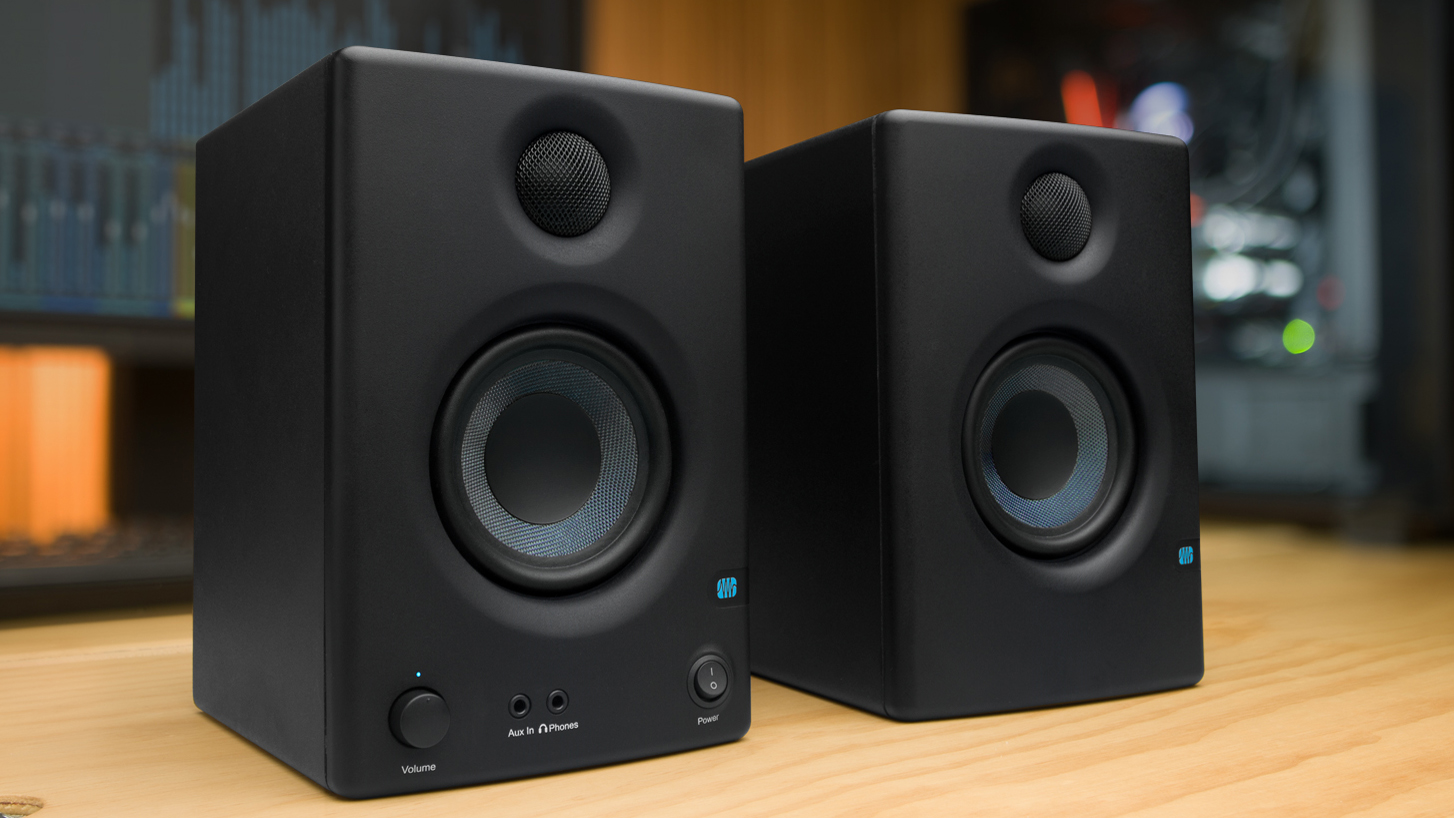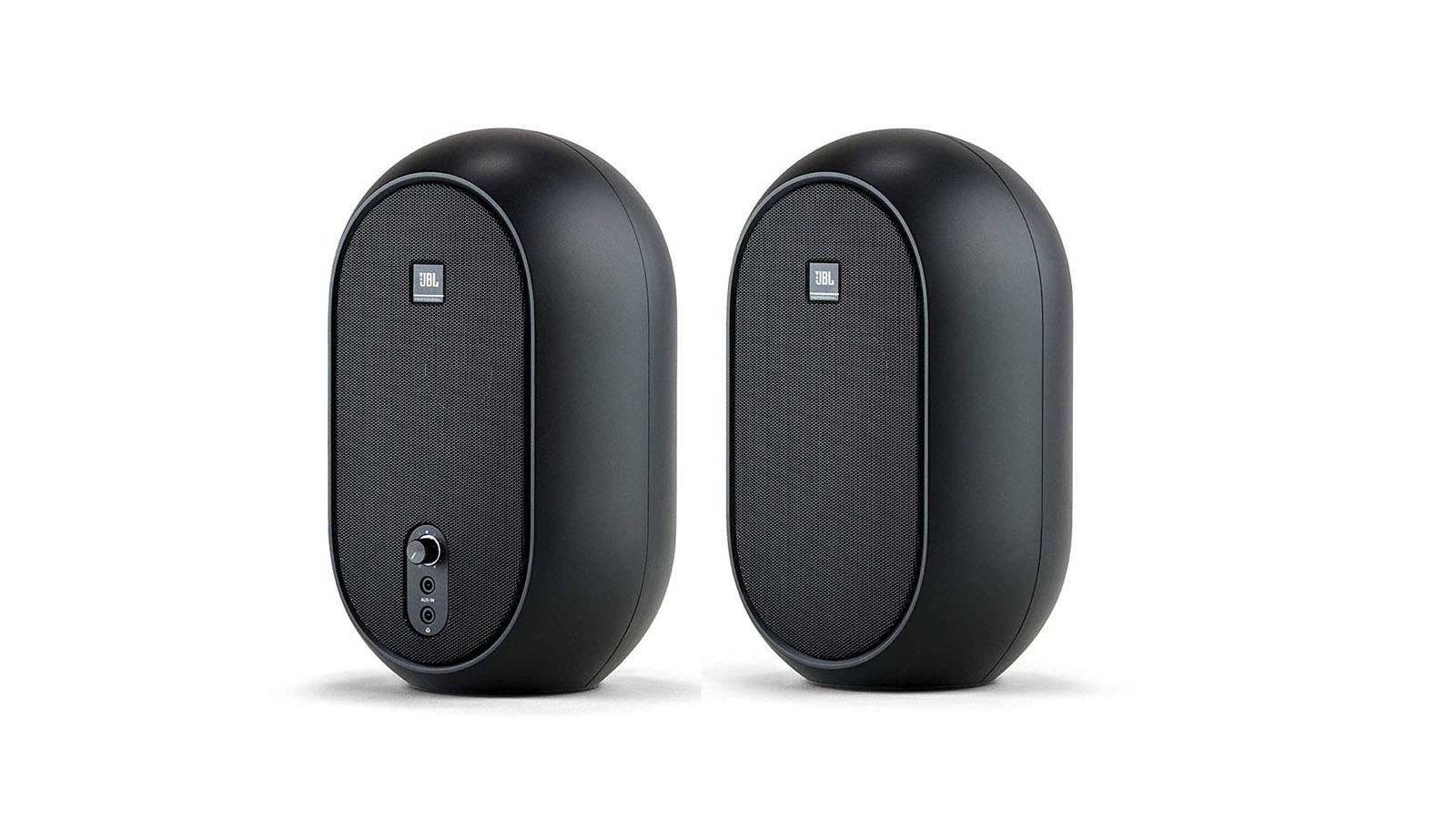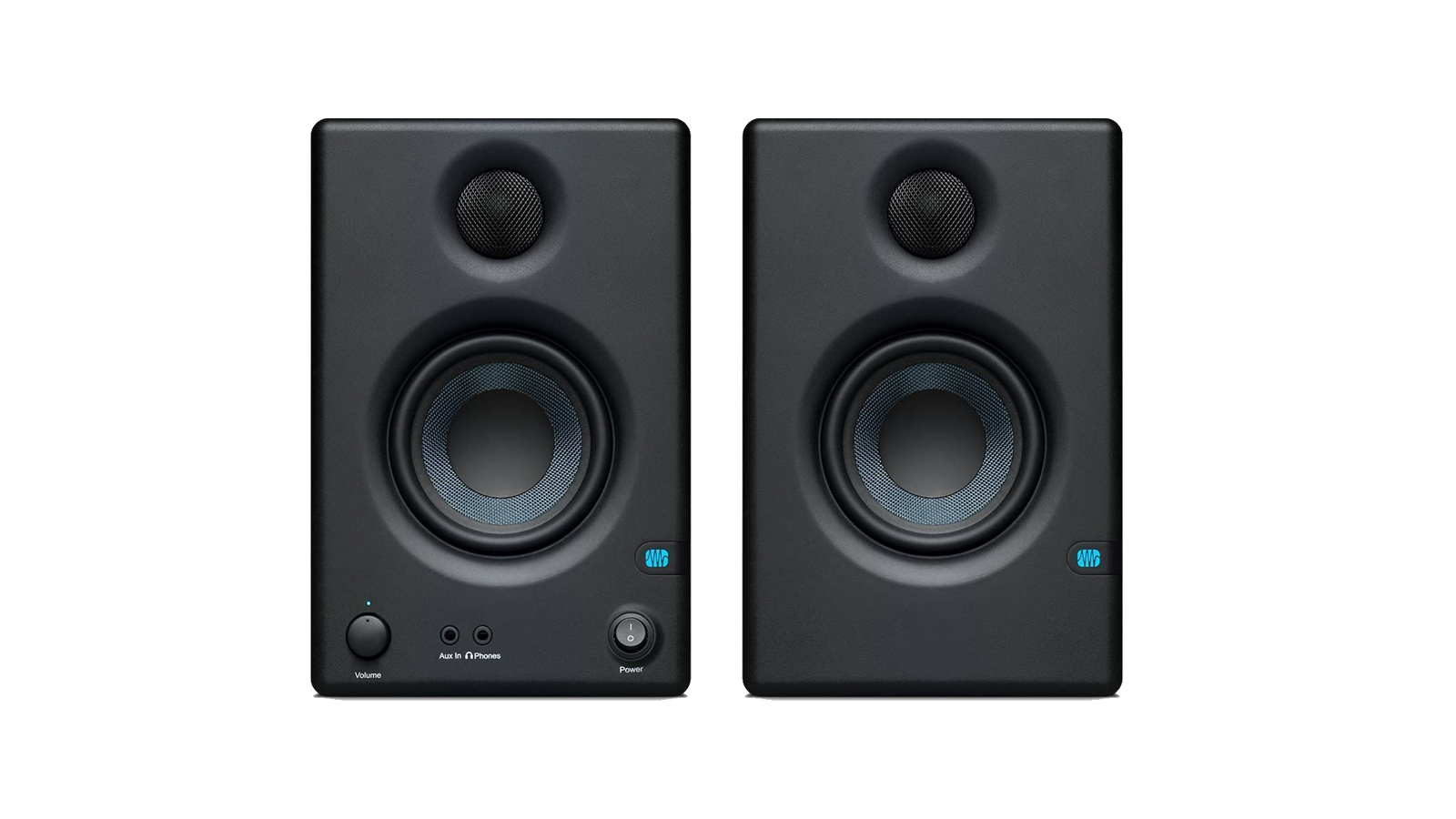MusicRadar Verdict
Great media monitors, ideal for video mixing, Youtubers, gaming and budget music production, and the price is verging on the ridiculous.
Pros
- +
Fantastic value
- +
Good detailed sound
- +
Ideal desktop choice
Cons
- -
Bass is solid but could be fuller
- -
Can't angle the speakers on your desktop
MusicRadar's got your back
PreSonus Eris E3.5 review: What is it?
Smaller desktop monitors are now attempting to do it all: giving you enough quality for music production, but also handling your music listening and content creation needs. The PreSonus Eris E3.5 speakers on test here, could well tick the boxes for all of these uses and at an exceptional price. In fact, we dig them so much that they made the cut in our guide to the best budget studio monitors.
PreSonus' Eris monitors have gained quite a reputation in studio and music production circles, with some great value models including the E7XT which is a fantastic monitor option for mid-range budgets and small to mid-sized studios. The company's smaller Eris monitors, including the Eris 3.5 on test here, are what PreSonus call 'media monitors', which means they are said to be ideal for music lovers and content creators.
The other media monitor in this category is the larger 4.5 (with a larger 4.5-inch driver, one inch bigger than the 3.5). Both speakers are also available as Bluetooth models, called Eris E3.5 BT and 4.5 BT. These are identical speakers in terms of design and spec, just with both Bluetooth 5.0 added alongside the wired input.
Even though it is a small and cheap PreSonus monitor, the Eris 3.5 does have some of the design expertise included from the larger studio/pro models in the Eris range. You get a Kevlar driver – a great inclusion for a punchy playback – and the same solid vinyl-laminated fibreboard enclosure, designed to give you a rigid response and lower vibration and distortion. But the similarities pretty much end there. The 3.5s, for example, feature their amplification in the left speaker, with a cable to power the right speaker. It's a common practice with smaller, desktop speakers and easy to setup.
There are flexible inputs on the back of the left Eris 3.5, with TRS jack and RCA plus a headphone out and stereo mini jack (for smartphones and the like) at the front of the same speaker. These connection options make these speakers a great and practical option for casual music listening. You don't get the XLR input as found on the higher end Eris models, though – these are definitely focussed on quality desktop use rather than pro studio recording. You do get front panel controls, which are also handy, including volume, power and that headphone out. Also on the left unit you'll find high and low frequency controls which are useful to help you get the monitors in tune with your room and their placement; very often if you place speakers too close to a wall you will need to adjust the bass response, for example.
PreSonus Eris E3.5 review: Performance & verdict

With the '3.5' in the name, you'll probably know that this refers to the size of the woofer/low end driver. As the smallest model in the Eris range it was always going to have the smallest woofer, and the 3.5-inch one here means that the bass output is something reflected in the tech specs, with the LF range only extending down to 80Hz. However this low end response is surprisingly solid and punchy given the specs and woofer size, certainly enough to give you a good feel about what you are mixing, especially for nearfield listening. The definition you get on larger models might not be there so that you can hear all of your lows in detail, but these monitors do reveal more than you might expect.

At the high end you can really notice the difference the larger tweeter makes on playback. When we say 'larger', we mean large for the speaker size – most small speakers like this feature smaller 0.75-inch tweeters. The high-end here really does shine through, perhaps a little too much on occasion – but here you can use the HF control around the back to tame the highs if you get too much harshness.
Overall there is detail here – even low down – that again you shouldn't really expect for speakers of this size and (especially) price. The soundstage is wide and clear which helps you position your music when mixing and give a sense of space when listening. And the listening sweet spot is pretty good too although these are designed for smaller spaces so you won't be moving around too much. Great media monitors, then, ideal for video mixing, Youtubers, gaming and budget music production, and the price is verging on the ridiculous.
PreSonus Eris E3.5 review: Hands-on demos
BubVisuals
PreSonus
PreSonus Eris E3.5 review: Specifications
- Type: Bi-amp system (2 x 25W)
- Frequency response: 80Hz – 20kHz
- Tweeter: 1-inch silk dome
- Woofer: 3.5” Kevlar woofer
- Connectivity: TRS jack, RCA and stereo mini jack input; headphone out
- Size (W x D x H): 210 x 141 x 162mm
- Weight: 2.9Kg
- Contact: PreSonus
Andy has been writing about music production and technology for 30 years having started out on Music Technology magazine back in 1992. He has edited the magazines Future Music, Keyboard Review, MusicTech and Computer Music, which he helped launch back in 1998. He owns way too many synthesizers.
“I used everything I knew about music”: How Green Day exceeded expectations with their most ambitious song
YouTube just added AI tools that makes musicians, library music and video editors redundant
“Every one of them said yes without hesitation": Hank Marvin and Roger Taylor have just remade a '60s classic for charity













